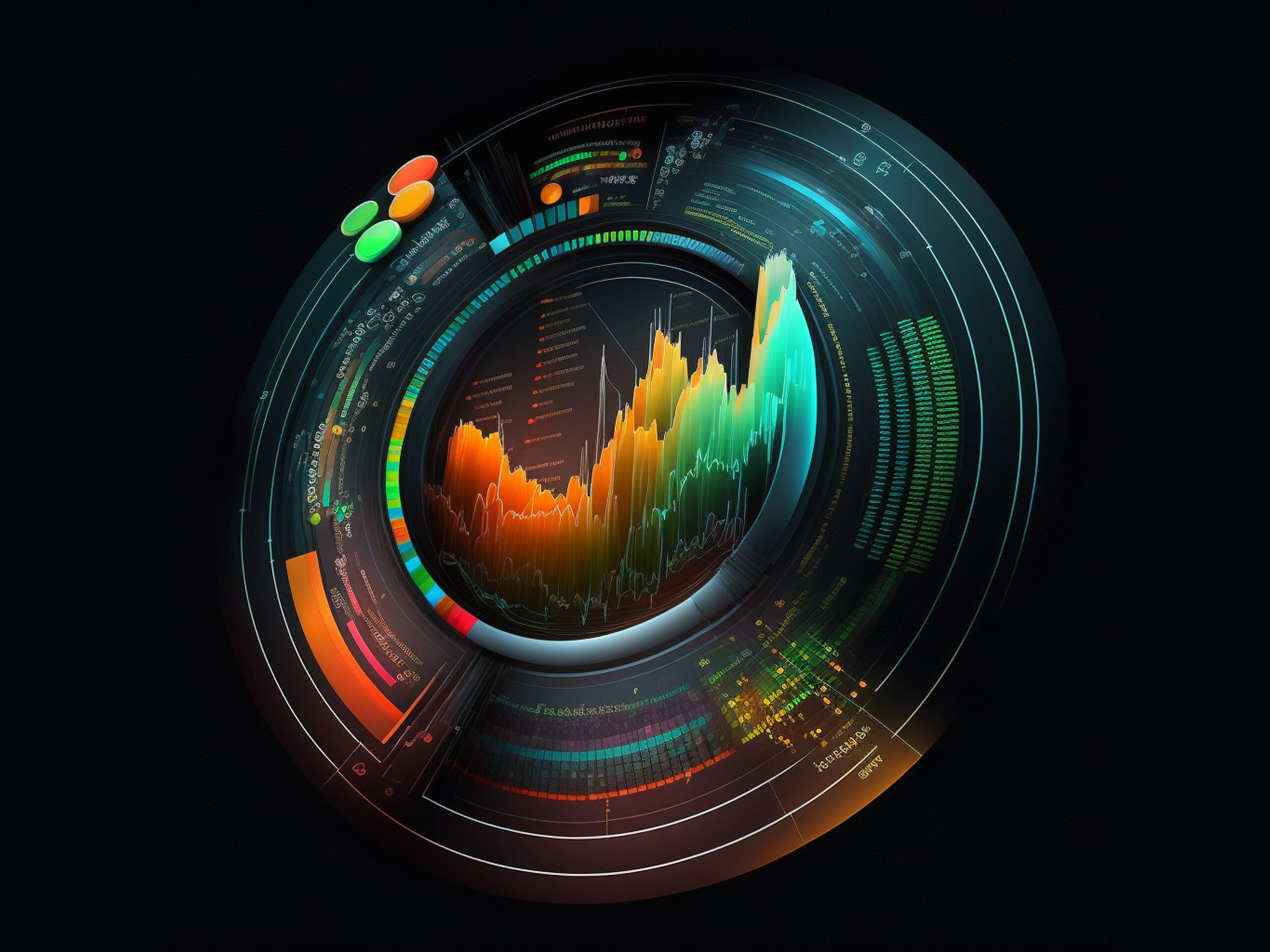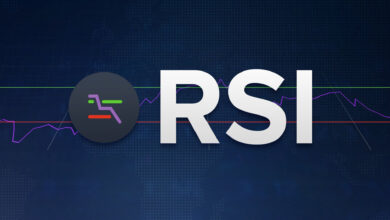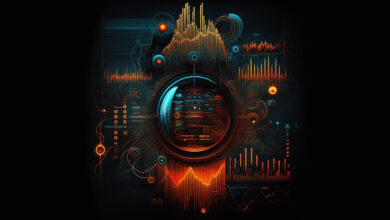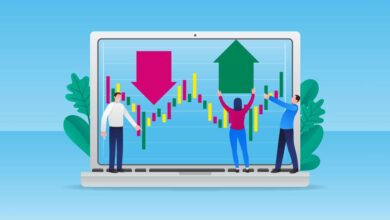Top Crypto Technical Indicators for 2025: RSI, MACD, MAs & More

# Technical Indicators in Crypto: The Complete Guide for 2025
Introduction
If you trade crypto without indicators, you’re flying blind. Technical indicators help traders spot trends, time entries and exits, and manage risk using data—not emotion.
In this complete guide, you’ll learn what technical indicators are, how they work, and which ones are most useful for crypto traders in 2025. Whether you’re a beginner or an experienced trader, this will sharpen your edge.
📌 Related: Want to learn how to build your own strategy? Start with How to Create a Trading Strategy
What Are Technical Indicators?
Technical indicators are mathematical calculations based on price, volume, or open interest. They help traders analyze market behavior and predict future movements.
There are two main types:
Trend-following indicators: Show the direction of the market (e.g., moving averages)
Momentum/oscillators: Show when an asset is overbought or oversold (e.g., RSI, MACD)
Why Use Indicators in Crypto Trading?
✅ Identify trend direction and strength
✅ Spot entry and exit points
✅ Reduce emotional decisions
✅ Confirm trade setups
📌 Related: Get started with the most common one in What Is a Moving Average Indicator?
Top Technical Indicators for Crypto in 2025
📈 1. Moving Averages (MA)
Simple (SMA) and Exponential (EMA) smooth price data
Common for spotting trends and crossover signals
🔁 2. Relative Strength Index (RSI)
Measures speed of price changes
Values above 70 = overbought, below 30 = oversold
📉 3. MACD (Moving Average Convergence Divergence)
Combines MAs with a histogram to show momentum shifts
Great for confirming trend direction
🔄 4. Bollinger Bands
Use standard deviation to create bands around price
Helps identify breakouts and volatility shifts
📊 5. Volume
High volume confirms trend strength
Low volume may indicate weakness or false signals
📌 Related: Learn to interpret patterns with Best Candlestick Analysis Books
How to Combine Indicators Effectively
📌 Avoid using multiple indicators that show the same thing. Instead, combine indicators from different categories:
✅ Trend (e.g., 50 EMA)
✅ Momentum (e.g., RSI)
✅ Volume (e.g., OBV or raw volume)
🔗 Example Combo:
50 EMA + RSI + MACD = full picture of trend + strength + timing
Common Mistakes with Indicators
❌ Relying on just one indicator for all decisions
❌ Ignoring market context (news, sentiment)
❌ Using lagging indicators in fast markets
❌ Not testing or adapting your setup
📌 Related: Learn to test setups properly in Backtesting Trading Strategies
Conclusion
Technical indicators are essential tools for traders who want to make decisions based on data. By combining a few key indicators—trend, momentum, and volume—you can spot better trades and reduce risk.
🚀 Start by adding RSI and a 50 EMA to your chart. See how they behave, test setups, and evolve your strategy step by step.
Then dive into How to Create a Trading Strategy and start building your custom system today.
Rating of this post
Rate
If you enjoyed this article, please rate it.
FAQs: Technical Indicators in Crypto
Yes, but they work best on coins with high liquidity and volume (like BTC, ETH, SOL).
They complement price action. Many traders use both for confirmation.
Yes—but you may need different settings or strategies to adapt.
2 or 3 is usually enough. Focus on clarity, not clutter.
Absolutely. Many bots still rely on MAs, RSI, and volume-based triggers.
Rating of this post
Rate
If you enjoyed this article, please rate it.



